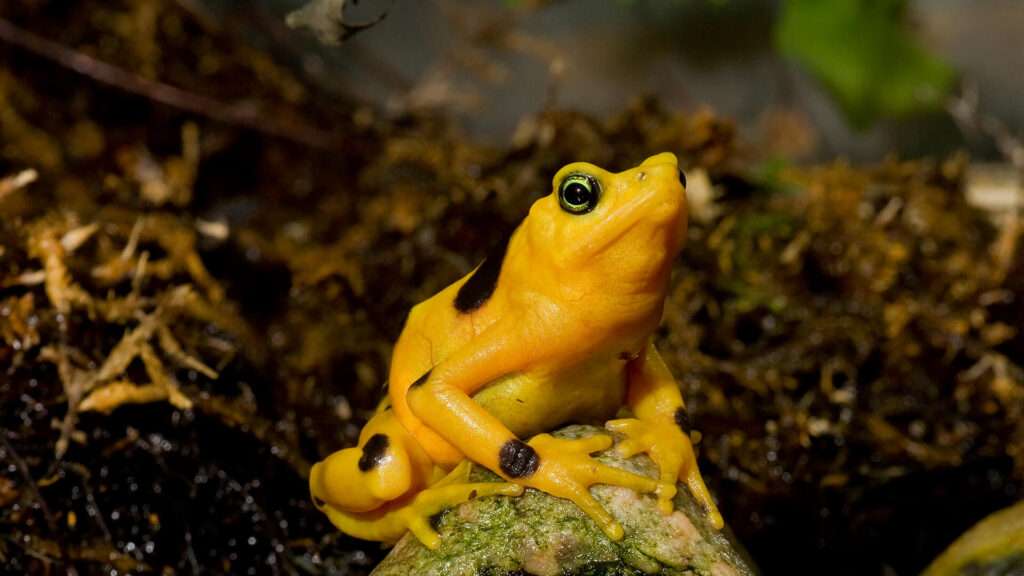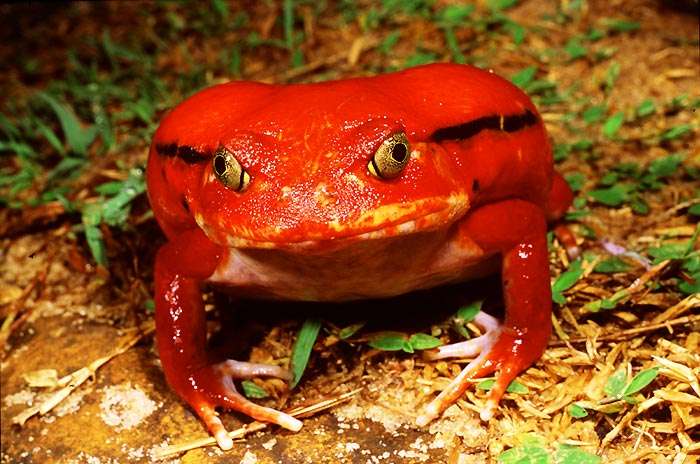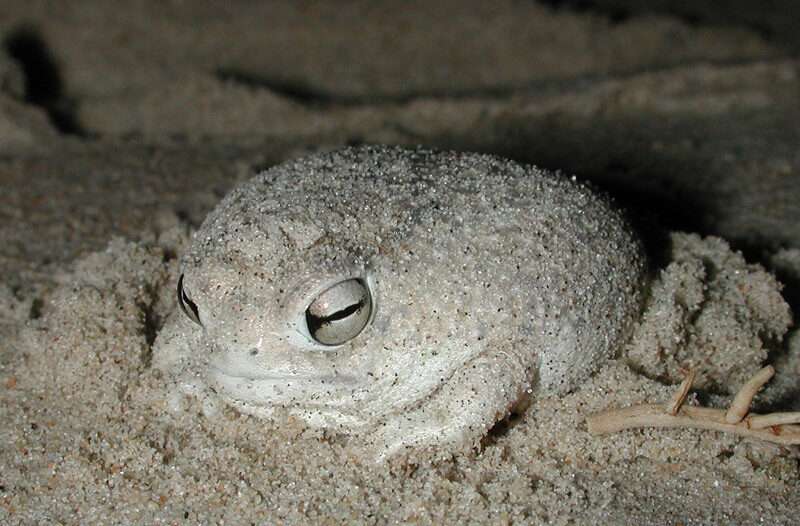
Other names of Atelopus zeteki are referred to as the Cerro Campana stubfoot toad and this is species of toads that is unique to Panama. Despite being listed as critically endangered by the IUCN, it might not still exist in the wild as of 2007. In an effort to save the species, individuals have been gathered for captive breeding. Both the epithet zeteki and the other common name Zetek’s Golden Frog honour the entomologist James Zetek.
Appearance
One of Panama’s most attractive frogs is the golden frog, which serves as the country’s emblem. Males are normally between thirty five and forty eight millimeters in length and three to twelve grams in weight, while females typically range from forty five to sixty three millimeters in length and four to fifteen grams in weight.

Habitat
The Coclé and Panamá provinces, on the Tabasara mountain range eastern side , are home to rare Panamanian golden frogs, which can be found near mountain streams there. Every year, woodlot activities, commercial agriculture, small farms, animal grazing, real estate development and industrial expansion cause the loss of essential habitat.
Diet
The Panamanian golden frog mostly consumes insects. Insects and other small invertebrates make up the majority of its diet. They hunt during the day using their sight to locate prey. Fruit flies, bean beetles, and crickets are the main food sources for adult Panamanian golden frogs in the zoo. Froglets consume springtails while they are still developing.
Reproduction
Golden frogs from Panama typically spawn near streams and other sources of moving water. The female lays 30 to 80 eggs in shallow water in long strings during mating, and the male fertilizes them. These huge egg clutches raise the possibility that at least a few young toads will reach adulthood.
Tadpoles are protected from being carried away by the stream by having a flattened body and an abdominal sucker. After hatching, they are entirely white for the first several days before darkening to green with black dots after a few weeks. They can hide in swift-moving streams thanks to their ominous colouring. The green pigment changes to yellow as they age and grow, alerting predators to their toxicity.
Keeping as a pet
Wild populations of Panamanian beautiful frogs are being reduced, in part because of the pet industry. The unusual frogs, which were especially desired as pets since they are viewed as a symbol of good luck in Panama.
Table





